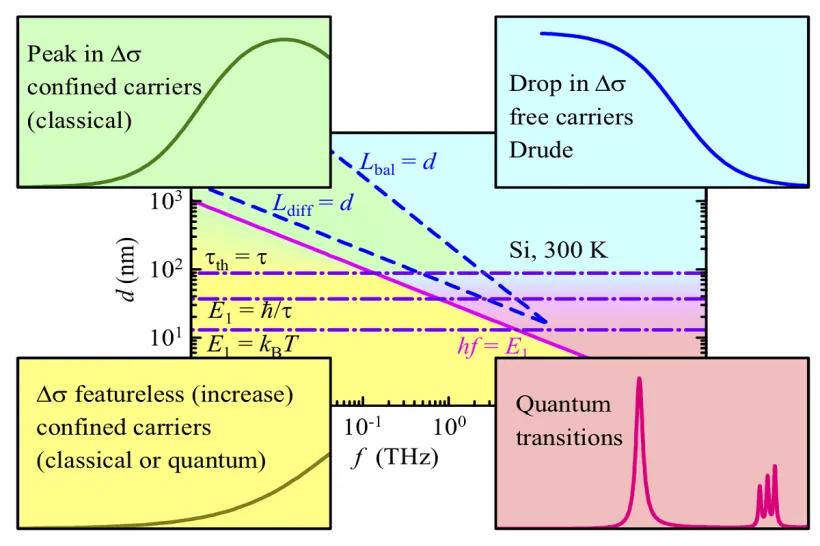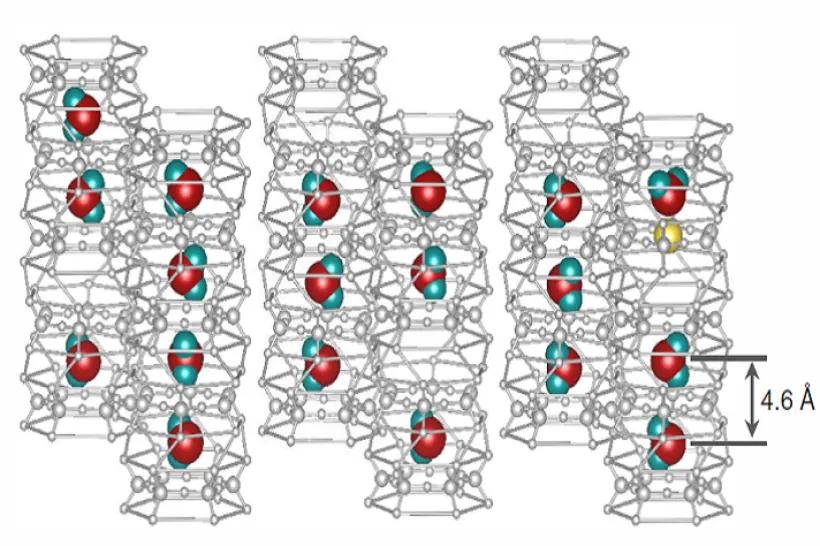A challenge of contemporary crystallography is solution and structure refinement on very small crystals, which cannot be measured with classical methods of X-ray diffraction because of too weak diffraction signal. Such crystals can be studied with electron diffraction, a method providing very strong diffraction signal in one way, but suffering from serious experimental and computational problems due to the extraordinary strong interaction between electrons and the crystalline material.
This strong interaction causes multiple scattering preventing the application of the simple kinematical theory of diffraction and radiation damage of organic samples.
The focus of our research has been the development of experimental methods suppressing the multiple scattering, and the incorporation of the remaining multiple scattering effects in the calculation of model intensities using dynamical diffraction theory. This approach, called dynamical refinement for short, is complicated and computationally demanding, but it provides more accurate results than traditional approaches.






